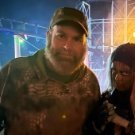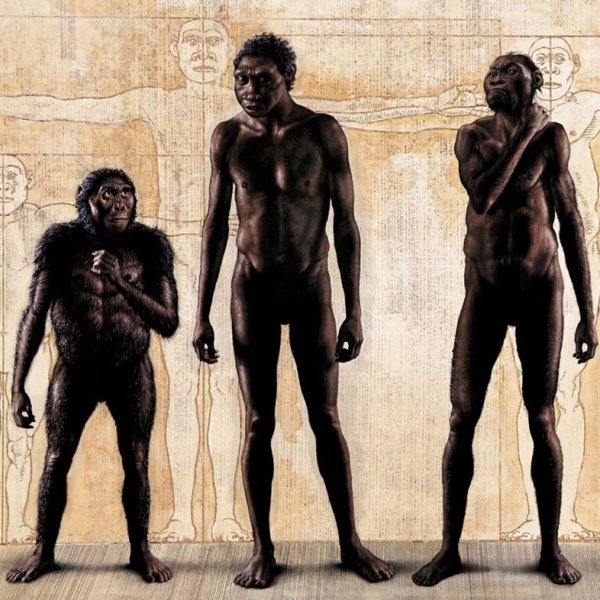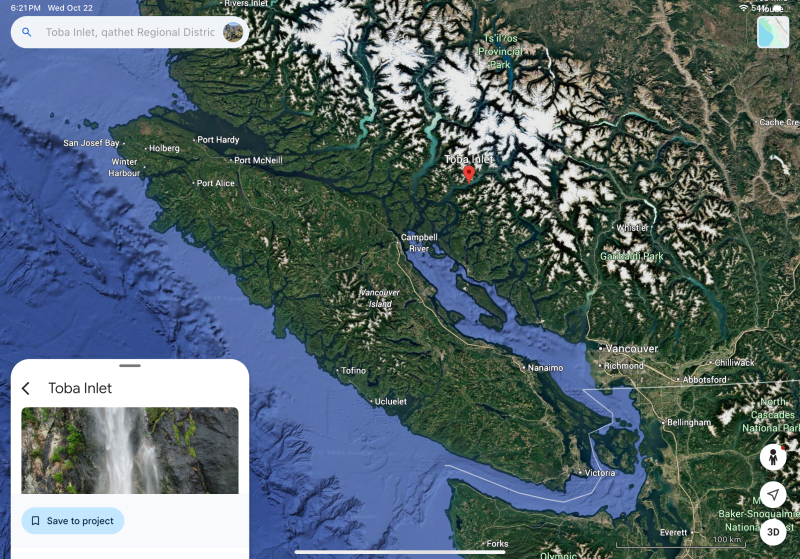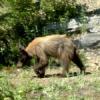Leaderboard
Popular Content
Showing content with the highest reputation on 10/22/2025 in all areas
-
They hypothesis that we began burying our dead because it attracted predators. So it began as pragmatic and may have evolved into more of a ritual. Homo Naledi at Rising Star Cave just unceremoniously dumped their dead down a chute in the back of the cave. Whereas Neanderthals buried their dead with grave goods, ochre, flowers, etc. Interestingly enough? There are no stone tools associated with Homo Naledi. So I find it odd that they are included in the genus Homo. Which just shows that science has a very gray area defining what is included in our genus and what is not. So Sasquatch may be included in our genus or it may be excluded upon discovery. But I flat reject that they are apart of our species. Based on morphology alone. Great apes are exceptionally smart (excluding humans or Homo Sapiens), so our ancestors like Homo Erectus must of been terrifying. I would not want a pack of them hunting me in the forest with spears. (L-R) Australopithecus Afarensis, Homo Erectus, Homo Naledi2 points
-
He posted follow up videos with probable vocalization's. And also some thermal images.1 point
-
That was the Ostman event. I believe FLY was referring to the Muchalat Harry event. It is believed that his camp was @ 12 miles up the Conuma River from its mouth in Tlupana Inlet on the west side of Vancouver Island. The sasquatch "camp" was believed to be within 2-3 miles from his camp.1 point
-
The answer to your original question is YES. We talked about Timothy Treadwell and the old bear guarding his carcass when the Park Service showed up. A similar situation IMHO. I have no doubt a starving Bigfoot in the right setting would hunt and eat a human. It’s also well documented in Indian folklore. But now we are debating about do Bigfeet take care of the old or injured? Or if they have human characteristics at all. Do they live in a family group to facilitate care? My personal experience is that I have never seen evidence of family groups. The trackway we cut in snow was alone. Patty in the Patterson Gimlin Film was alone. Lots of singular trackways in reports, etc. BUT. We also have reports like Ostman and Ape Canyon that do have them living in family groups. And there is absolutely no way that a breeding population of a species doesn’t come together. Maybe that’s seasonally? Maybe that’s a rut? Or berry picking season? Dunno. I am not saying that 15 Bigfeet are all living in a cave together like Neanderthals. But certainly if procreation is happening? Which it must? They have to be able to find each other and be together at least for a time. The answer is most likely BOTH. And my best WAG is that the males especially young males are more solitary. And mothers and daughters probably hang closer together in small groups depending on the season, maternity status and food availability. The Olympic project nesting site certainly suggests that they were living in a group. But we have no idea what that group dynamic looks like. If memory serves it was close to the Toba inlet.1 point
-
1 point
-
1 point
-
A kidnapping by a Sasquatch is truly a fantastic story, but none of the three stories that I've mentioned had a basis of origin in a small newspaper at all, which has now become widely believed in the story of Jocko. In the Ostman story, Ostman was a known personage who did report his story to his local newspaper (The Province) in 1957, 33 years after the kidnapping, but he had no motivation to "sell more papers". He remained alive for years after he told his story and was well interviewed, unlike the persons in the Jocko story. https://en.wikipedia.org/wiki/Albert_Ostman The Muchalat Harry story was told to Bigfoot author and investigator Peter Byrne by Father Anthony Terhaar of Mt. Angel Abbey in Oregon, who was a missionary priest who traveled the west coast of Vancouver Island for many years, and was living at Nootka at the time of the story and who knew Muchalat Harry very well. http://www.bigfootencounters.com/classics/muchalat.htm The third story has never made the newspapers. I found it posted to an Internet forum of Alaskan outdoorsmen in 2010. It has all the hallmarks of a scary campfire story, but it has some very intestine features (poop smearing) that I've never heard or read of before (but which goes quite a ways toward explaining some of the stench reports involving sasquatches), and I've come to recognize that poster from later posts, and who appears to be a pretty cogent guy. https://bigfootforums.com/topic/28150-a-coast-range-bigfoot-story/#comment-5440301 point
-
What you stated is the benchmark of civilization. Not tools or weapons or technology.1 point
-
You've completely missed the point. I'm not trying to be a jerk here but I'm flabbergasted by your extraordinary cranial density! Let me spell this out in smaller words. This is not about what one sick / injured bigfoot does. Best evidence is there is never just one, there's always a group. What I'm trying to draw your attention to, what you seem hell bent on overlooking, is that it is not about what the sick / injured individual does, it is about what the group .. call it family, clan, tribe, whatever .. does to take care of the sick, old, or injured individual. Think about burial. How many dead people dig the graves they're buried in? Any? Or do the survivors bury the dead? Why would bigfoot be any different? It is not about what the sick or old do to feed themselves, it is about the group providing sustenance to those who can't feed themselves. And so on and so on. Please go back and re-read what I said with the understanding that I'm not talking about what the incapacitated, elderly, sick, etc individual does but rather what the group does to provide care for that individual. Bears don't do that. Deer don't do that. Elephants apparently SLIGHTLY do that. Most critters will prey on their own weak. Humans .. including, we think, prehistoric ones .. absolutely do and did. Maybe that, more than technology, is what makes us human instead of just animals.1 point
-
I take most fantastic old stories with a major grain of salt. Many of these legends were published in a small newspaper first, in order to sell more papers.1 point
-
many cultures burned the dead instead of burying.1 point
-
I deleted the duplicate that was lacking “Tribes” from the title. 👍1 point
This leaderboard is set to New York/GMT-05:00







